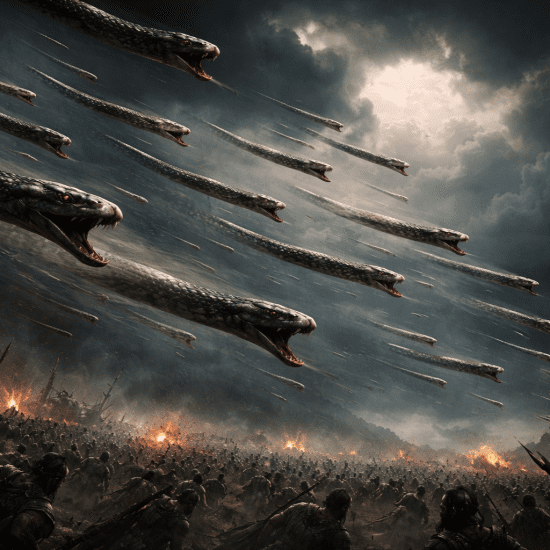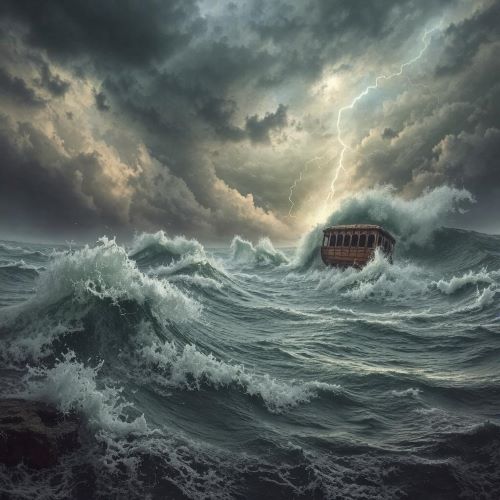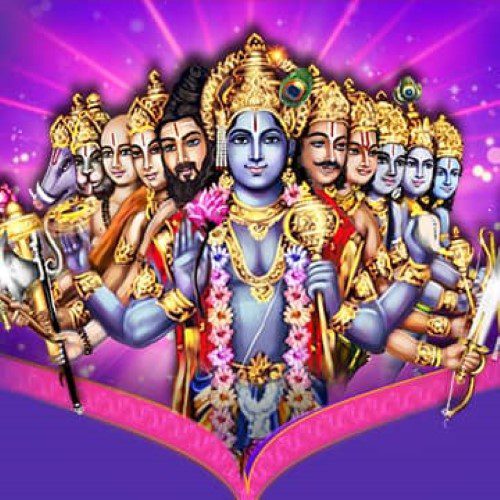The Forgotten Flood Myth of Semria: India’s Ancient Deluge
Introduction
Across the world, tales of the great flood echo with remarkable consistency—destruction, survival, and renewal. While the biblical tale of Noah and the ark is widely known, there are lesser-known but equally fascinating flood myths hidden in the folds of regional cultures. One such tale emerges from the village of Semria in Bihar, India. Passed down through generations in oral tradition, the flood story of Semria provides a unique cultural lens into how communities interpret natural disasters, divine wrath, and cosmic resets.
The Setting: Semria and Its Ancient Past
Semria, now a small rural settlement, was once believed by its residents to be part of an ancient civilization that was deeply spiritual and self-sustaining. Surrounded by rivers and prone to flooding, the area has experienced devastating deluges throughout history. But one flood stands out—spoken of not as a seasonal tragedy, but as the great flood that reshaped the land and its people forever.
The story begins in a time when Semria was not just a village, but a thriving center of knowledge, where sages meditated, nature was revered, and harmony was paramount. However, as the myth suggests, with prosperity came arrogance. The people began to ignore dharma (cosmic law), engaging in deceit, pride, and disrespect toward nature and the gods.
The Warning and the Wise Sage
As with many flood myths, there is always a warning. In Semria’s version of the great flood, the warning came through a wandering sage named Rishi Prashant. He arrived at the village, urging the people to mend their ways and prepare for a catastrophe. He spoke of an impending deluge that would be sent by Varuna, the god of water, to cleanse the earth of corruption.
Most laughed him off. Only a handful—mostly farmers, ascetics, and forest dwellers—believed in the sage’s words and retreated with him to the higher grounds of Rishi Tekri, a forested hill nearby, to await the unfolding of fate.
The Deluge: A Cosmic Reset
Then came the great flood. The skies darkened for seven days and nights. Torrential rains battered the village. The Sone and Ganga rivers, which border Bihar, swelled beyond imagination. Semria, along with nearby settlements, was submerged under a swirling mass of water. It wasn’t just rainfall, locals say—it was as if the gods poured their fury directly from the heavens.
Temples crumbled, granaries dissolved, and sacred groves were lost under water. Animals fled, trees were uprooted, and the land became an endless ocean. For days, all that remained above the floodwaters was the peak of Rishi Tekri, where Rishi Prashant and his followers survived, fasting and praying.
Rebirth and the Sacred Promise
After the waters receded, the landscape of Semria was transformed. The survivors emerged from the hill and slowly began to rebuild, guided by the sage’s teachings. According to oral tradition, Varuna appeared in a dream to Rishi Prashant, expressing remorse for the destruction but reaffirming that such purging was necessary for cosmic balance.
Varuna offered a boon: Semria would never again suffer a flood of such magnitude, as long as its people respected the earth, maintained harmony, and passed on the memory of the flood. To this day, a ritual is observed at Rishi Tekri during the monsoon season, where villagers pray, fast, and tell the story of the great flood to children gathered around the sacred banyan tree.
The Significance in Cultural Memory
The flood story of Semria, though localized, mirrors themes from global flood myths—the moral decay of humanity, divine wrath, a chosen few survivors, and eventual rebirth. It offers insight into how ancient communities made sense of catastrophic natural events. In the absence of meteorological science, mythology became the medium to explain the inexplicable.
It also reinforces the idea that the great flood is not just a story of destruction, but one of moral reckoning and environmental balance. The villagers of Semria still believe that honoring the elements—especially water—is essential to their survival and spiritual wellbeing.
The Great Flood: Echoes Across the Globe
Semria’s tale joins a global chorus of flood legends—from Mesopotamia’s Epic of Gilgamesh to the Matsya avatar in Indian mythology, and even the tales of Manu in Hindu scriptures. What makes Semria unique is its grassroots oral transmission, its connection to regional rituals, and its continued presence in the spiritual life of its people.
In a world grappling with climate change and natural disasters, the flood story of Semria reminds us that the great flood may not just be a myth—it could be a metaphor for how humanity is repeatedly given opportunities to reset, rethink, and renew.
No posts were found.









